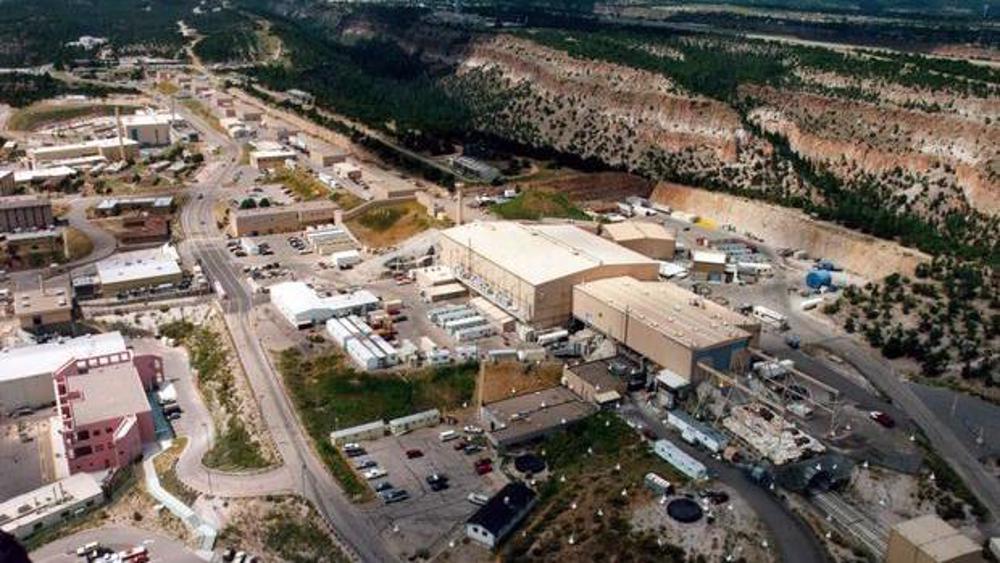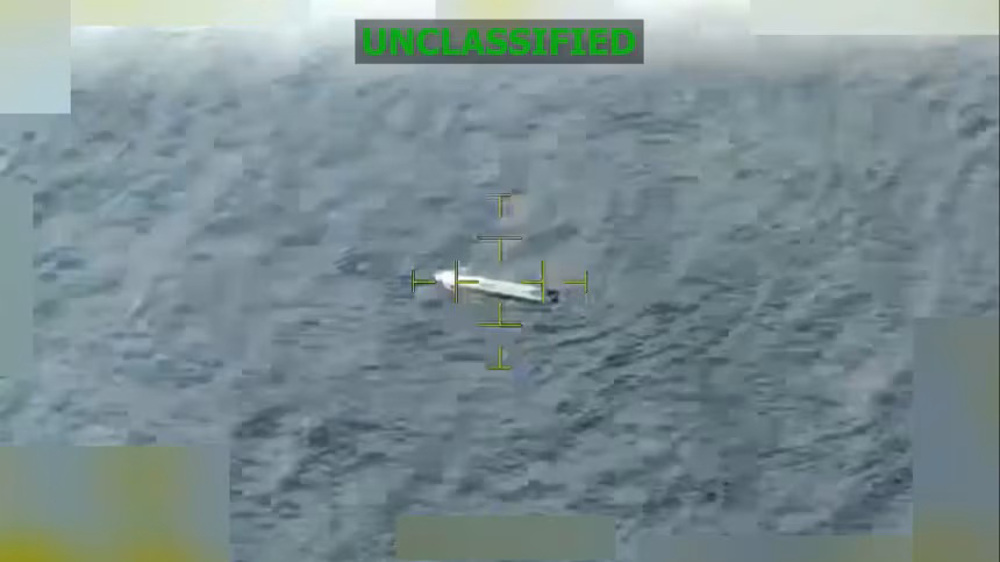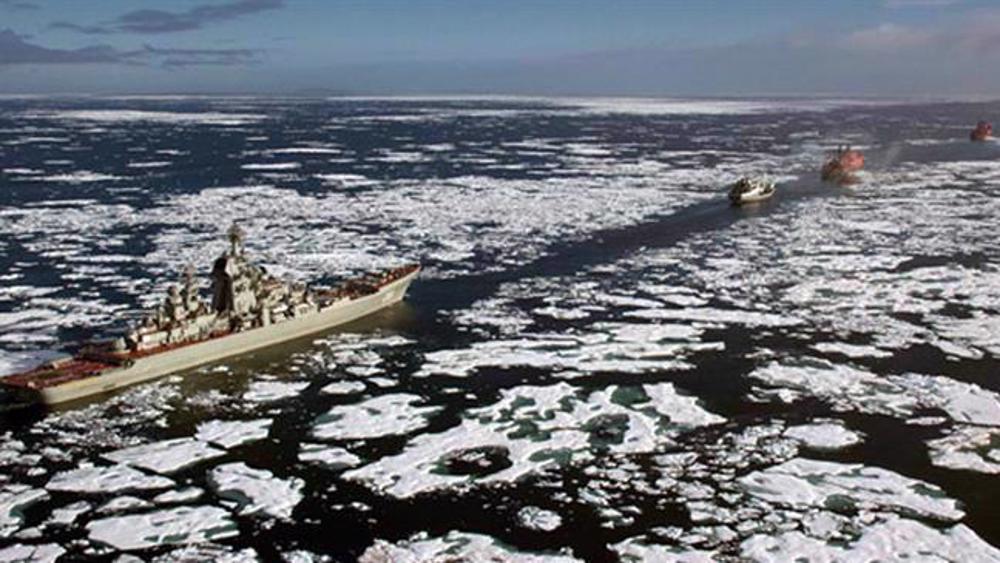US presses ahead with nuclear bids despite watchdog concerns
The US agency managing the country’s nuclear research and bomb-making has approved the conceptual design and cost range for infrastructure investments for a multibillion-dollar project to build key components for the nation’s nuclear arsenal despite concerns raised by local watchdog groups.
Announcing the decision last week, the National Nuclear Security Administration (NNSA) further declared that planning and construction could initially cost more than $4 billion as the Biden administration appears to continue with hawkish policies of preceding Trump administration in terms of manufacturing more lethal weapons.
The agency, however, did not reveal how the funds would be spent nor does it include the cost of other preparations that would be required for the New Mexico-based Los Alamos National Laboratory (LANL) to begin producing 30 plutonium cores per year, AP reported Friday.
According to the report, the push to resume production of the nuclear triggers has spanned multiple presidential administrations, with supporters insisting that the US “needs to ensure the stability and reliance of its arsenal given growing global security concerns.” NNSA has also stated that most of the cores in the stockpile date back to the 1970s and 1980s.
Responding to questions about the project during a virtual community meeting Thursday evening, Lab Director Thom Mason claimed the goal of the work is not to expand the arsenal but rather to extend the life of the existing stockpile.
Insisting that the LANL’s primary mission was nuclear deterrence and nonproliferation, Mason pointed to current geopolitical threats, saying: “I think we all wish that we lived in a world where nuclear weapons weren’t necessary.”
“But as long as we’re not in that world, the responsibility that we’re given by the Department of Defense, by Congress, by the Department of Energy is to make sure that our deterrent is safe, secure and reliable,” he added without elaborating.
Mason also noted the 2021 fiscal year is certainly a record in terms of funding for the lab, with the operating budget projected to be more than $3.7 billion. That funding, he said, will likely level off in the coming years as more modernization and infrastructure projects are completed.
He then added that future funding will depend on the administration's focus and congressional action.
This is while Democratic members of New Mexico's congressional delegation have supported production at Los Alamos because of the billions of dollars in federal funding and thousands of jobs that are at stake.
Local watchdog groups, however, have been sounding alarms over the likelihood of more security and safety lapses at the northern New Mexico lab and the potential for environmental contamination, further pointing to persisting concerns over the nuclear waste that would be generated by the project.
The groups have also underlined that the cost estimate outlined by the agency in its recent decision is roughly double the projections made just last year.
Greg Mello with the Los Alamos Study Group emphasized that the swelling budget and uncertainty over whether the lab can meet the federal government's mandated production schedule “throw further doubt on the wisdom of proceeding with industrial pit production” at Los Alamos.
“LANL’s facilities are simply too old and inherently unsafe, its location too impractical,” he underlined. “Even with a much smaller stockpile, LANL could not undertake this mission successfully.”
Other watchdog groups have also vowed to sue the US Energy Department and the National Nuclear Security Administration, arguing that a more comprehensive review should have been done on the plans to produce plutonium cores at Los Alamos and at the Savannah River Site in South Carolina. They further point out that nearby communities already have been burdened with legacy contamination from previous military projects.
Critics also remain fearful that the project will result in factories that resemble the Rocky Flats facility in Colorado, which had a long history of leaks, fires and environmental violations and needed a $7 billion cleanup that took years to finish.
According to the report, the mission of producing the plutonium cores began at Rocky Flats in the 1950s and was eventually moved to Los Alamos in the late 1990s.
It further cited Jay Coghlan of Nuclear Watch New Mexico as describing the federal government's plans “unnecessary and provocative,” emphasizing that more production will result in more waste and facilitate yet another arms race.
Iranian missile pierced window of Israeli intel chief's office in June, says senior general
VIDEO | Paper state politics
VIDEO | Press TV correspondent injured by Israeli rubber bullets during live coverage
'We will never leave all of Gaza': Israel's war minister signals permanent occupation
Greta Thunberg arrested at London protest supporting Palestine Action hunger strikers
Trump’s travel ban 2.0: Sweeping racism and Islamophobia masquerading as security
The expanding footprint of Iran’s citrus industry
Russia backs Iran’s stance, rejects including missiles in nuclear talks













 This makes it easy to access the Press TV website
This makes it easy to access the Press TV website